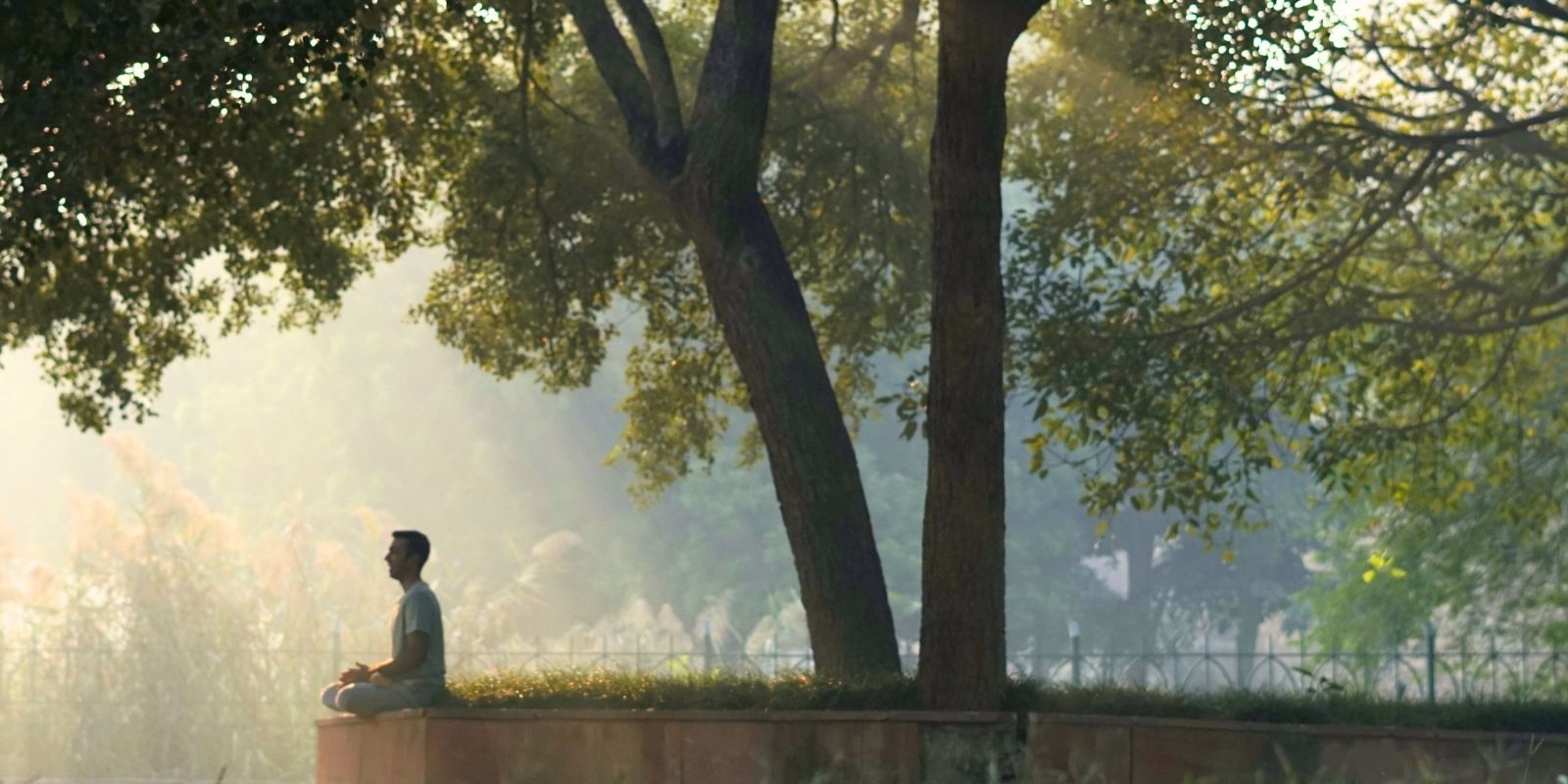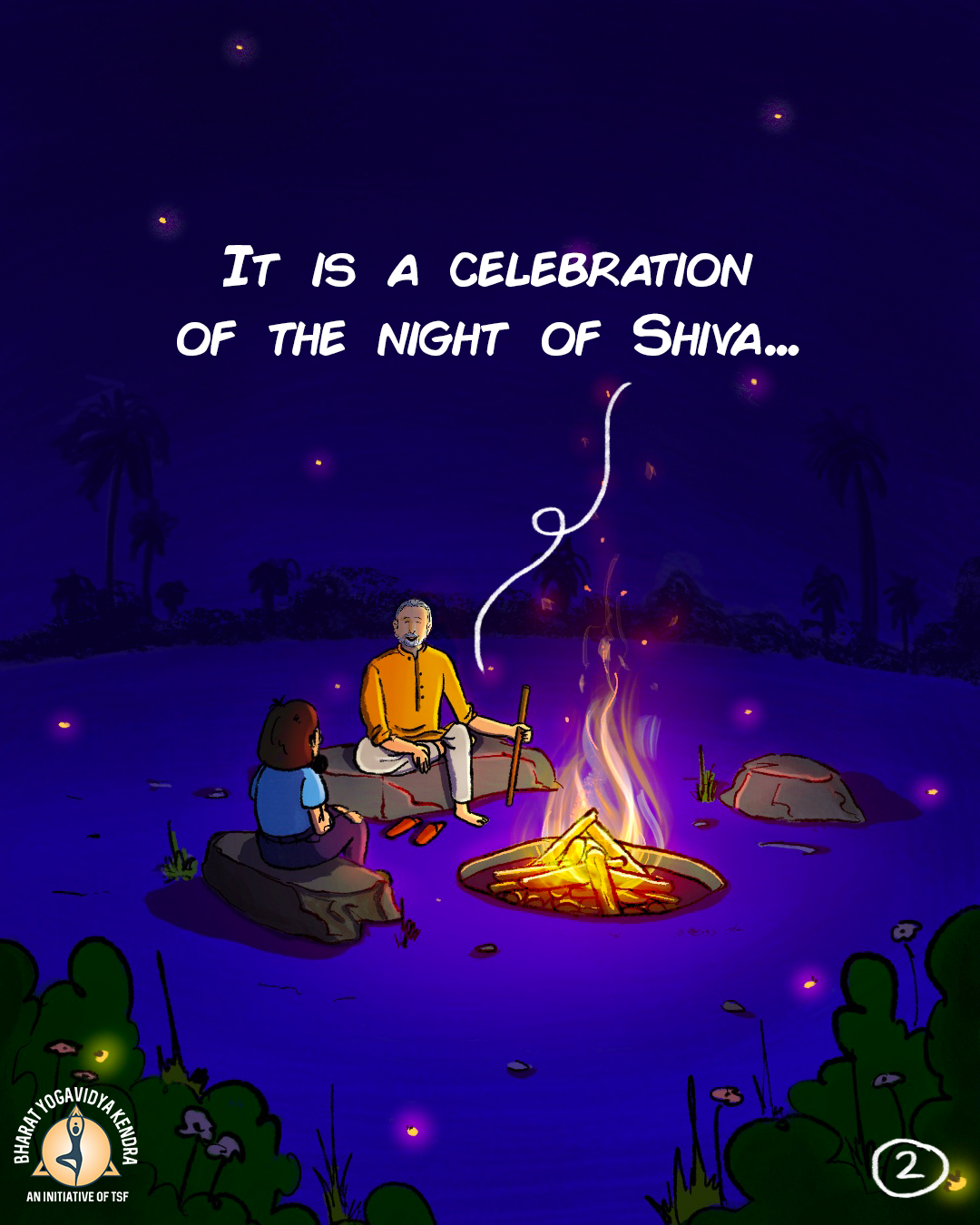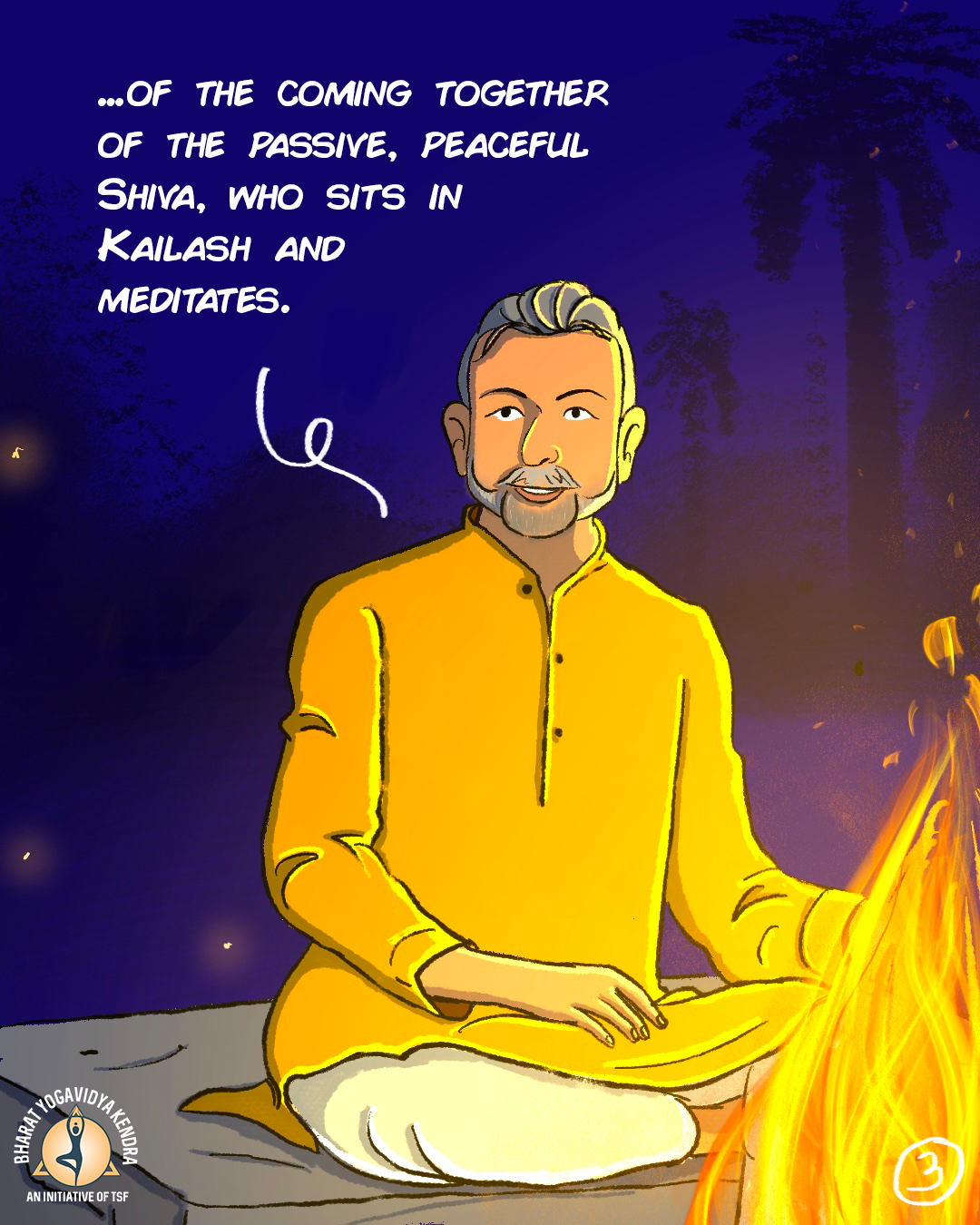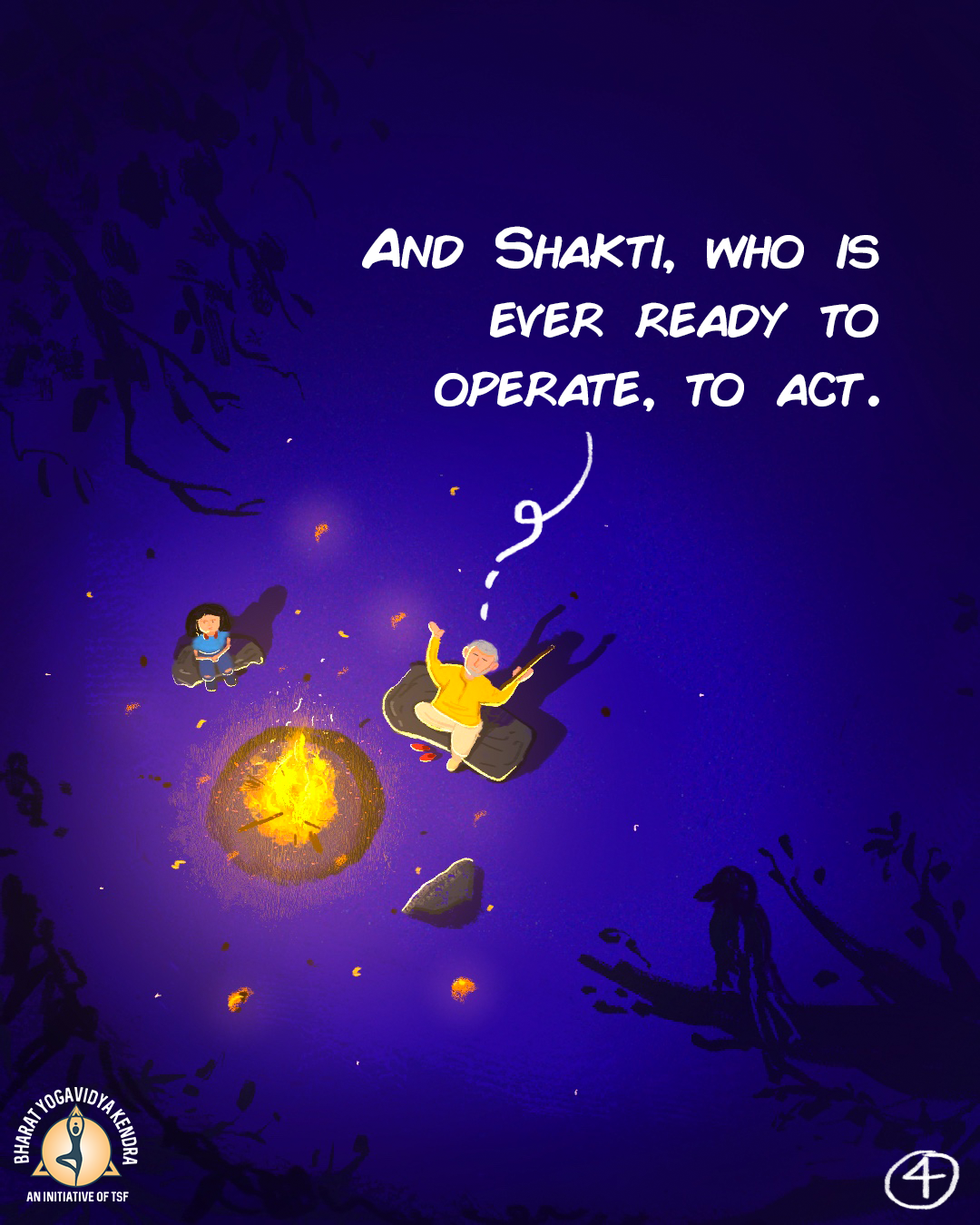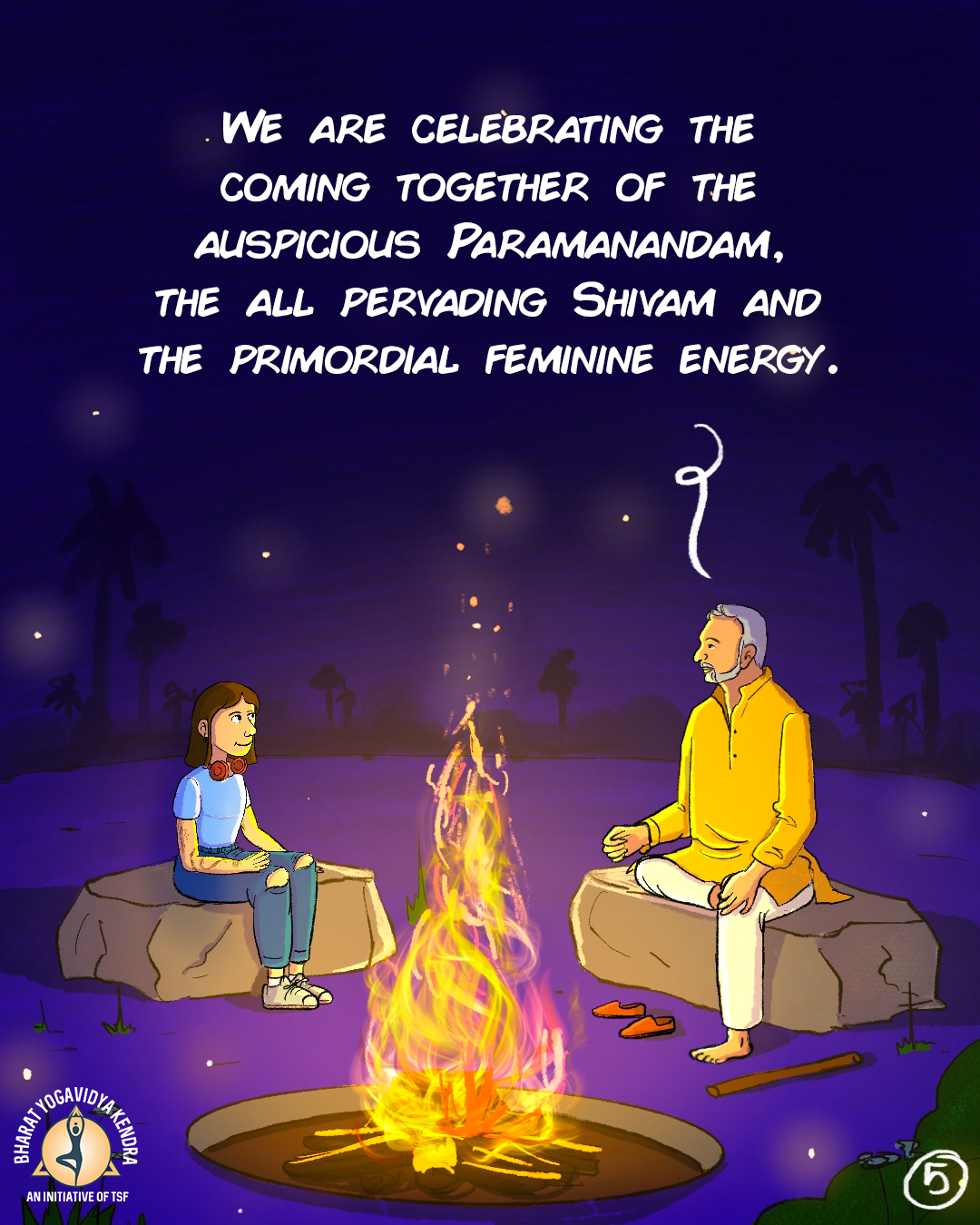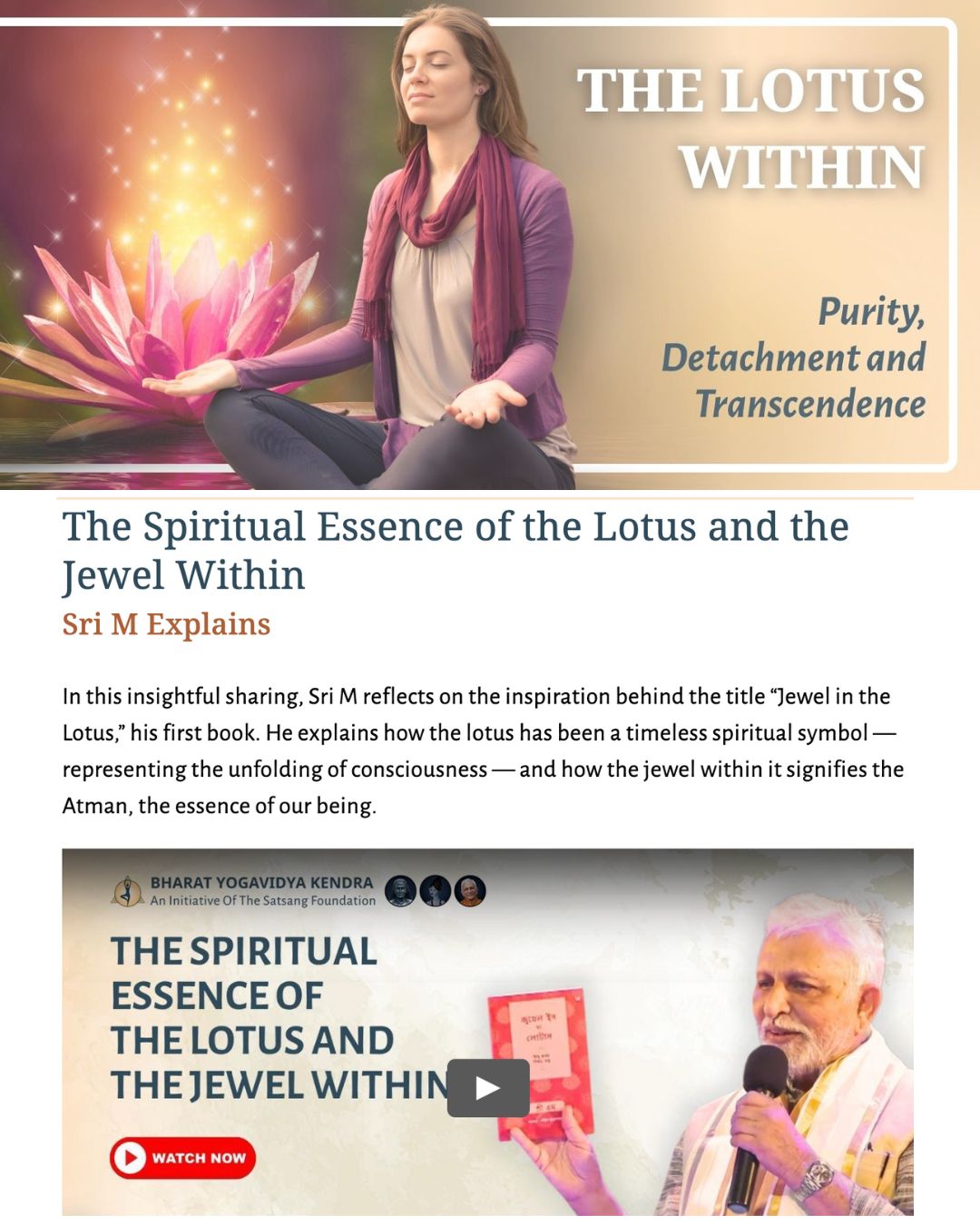Maha Shivratri:
Awakening the Inner Consciousness
This month, as we welcome Maha Shivratri, Sri M reminds us of the symbolism of Shiva — the lord of meditators, whose gaze pierces through the maya (illusions) of the world. Shiva’s stillness against the movement of Shakti, mirrors our own search for inner peace amidst life’s rhythms.
This newsletter – Yogavidya, your monthly companion, aims to light the way to that balance with clarity, simplicity, and a touch of the profound. Sri M reminds us that this stillness of our consciousness is our very nature — and Maha Shivratri offers a passage to rediscover that stillness.
As we honor the divine union of Shiva and Shakti, we are reminded of the balance within us — of action and rest, of sound and silence.
Welcome to Yogavidya, a guiding compass to the infinity within, a chance to awaken to the blissful awareness that we are indeed, in essence, a fragment of that boundless peace and consciousness.
We extend our deepest appreciation to our guiding light, Guruji Sri M. It is through the collective wisdom of all Gurus and the heartfelt contributions of each member of this newsletter that we weave the fabric of our Bharat Yogavidya Kendra community.
Every page of this newsletter is a testament to the dedication of our mentors, the commitment of our alumni, and the curiosity and zeal of our students and well-wishers. Their combined efforts have brought this endeavor to fruition.
In this shared journey of enlightenment and discovery, let us hold dear the teachings that connect us, the practices that ground us, and the community that strengthens us. Together, we continue to unfold the petals of wisdom and compassion that guide our collective path forward.
– BYK Family
Exploring Consciousness
Sri M Explains
Sri M deciphers the layers of consciousness through the lens of daily life and ancient wisdom. He talks about perception in the waking state; concept of time, as described in the Ishavasya Upanishads; the dream and deep sleep states, citing the story of Rishi Janaka, to illustrate the layers of consciousness, eventually leading to Turiya – the state of ultimate awareness.
Click on the video to watch the whole session where Sri M bridges these profound concepts with the practical science of Yoga.
Talk with M
BLOG POST
What is Consciousness?
We all understand what Unconscious means. You lose awareness, your sense organs are in a suspended state, your mind doesn’t operate, people around you panic. It feels like you are one step from death.
On the other hand, a Conscious person is aware of himself and the world around him. if you consider the process of thinking, you will realize when one thought is gone there is a gap before the next one rises. If this gap is not thought, it must be something else. That ‘something else’ is Consciousness.
Sarvadrk is one of the 1000 names of the Lord in the Vishnu Sahasranamam. It means the seer and knower of everything. The Consciousness that illuminates all motives and intentions – and the manifested activities that spring from them, in each individual at all times.
Is Consciousness an output from the brain? Most would associate consciousness with the brain. However, an evolved Yogi would beg to defer.
The human brain is a powerful supercomputer, with the unique power of visualisation (Sankalpa) but it is operated upon by a greater power – this power is Consciousness…..
BOOK REVIEW
“Wisdom of the Rishis” – The Yoga of Upanishads
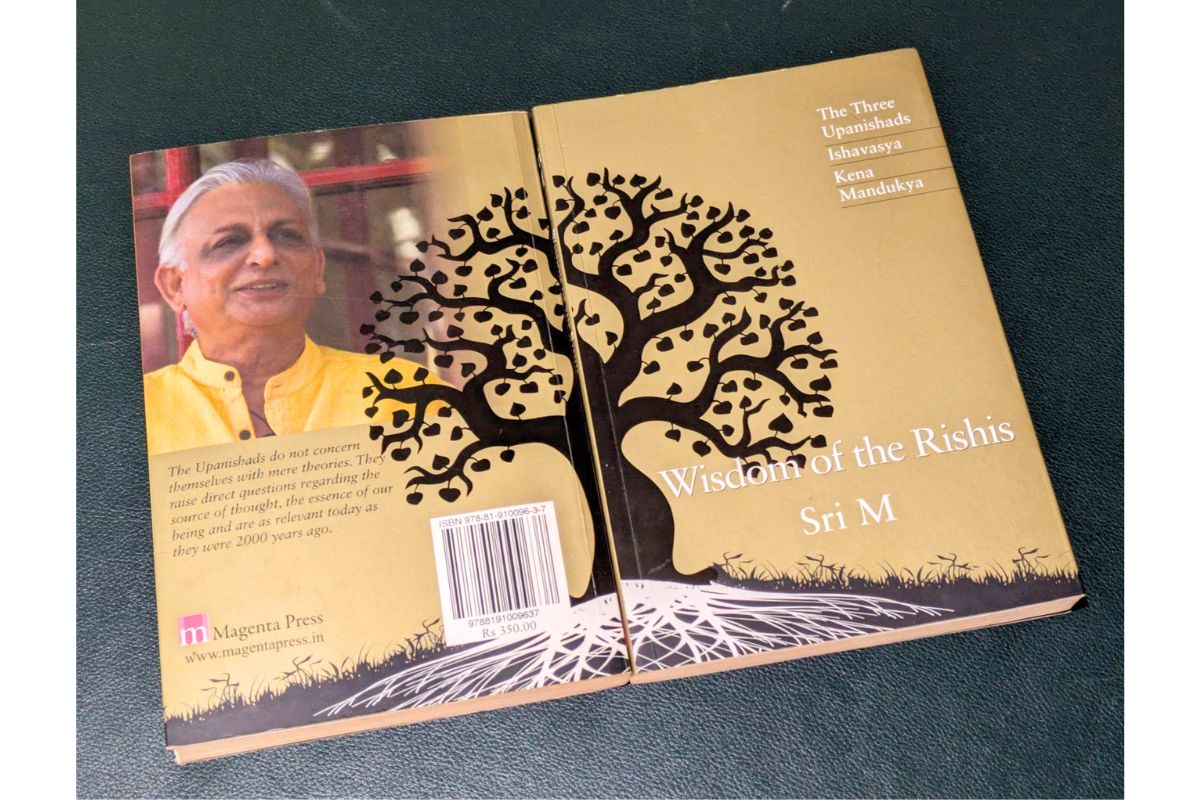
“Wisdom of the Rishis” is a compilation of discourses by Sri M on Ishavasya, Kena, and Mandukya Upanishads, 3 of the 10 Principal Upanishads that invite one to dialogue over the universal truth in this ever-changing world. These treasures from the Aranya Sanskriti are interpreted in a language that forms a bridge between the ancient texts and the present-day queries of a Sadhak.
While Ishavasya Upanishad conveys the message that the supreme pervades everything, here and now, Kena Upanishad compels a seeker to reflect over “Who am I”?, and the Mandukya Upanishad offers the practice of AUM to help transcend to the higher states of consciousness. So let us sit down with this trilogy in the spirit of a Sadhak who prays for the golden veil to be removed for him, the seeker after the truth – ‘Hiranmayena Patrena Satyasyaapihitam Mukham’.
ASANA GUIDE
Saral Natarajasana

Lord Shiva is considered as the first yogi or Adiyogi. Natarajasana is a tribute to Adiyogi, the Master of Yoga. Dancer’s Pose is named after Lord Shiva who embodies bliss and calmness with this pose amidst destruction and transformation.
This pose requires great patience, focus and balance.
Benefits
- Tones the legs and arms
- Improves balance
- Expands the chest and opens the lungs, better breathing
- Increases range of motion in the hips and shoulders
- Improves concentration and mental awareness
Contraindications
- To be avoided in case of high BP
- Avoid if there is any injury in the legs, thighs, and spine
- Avoid if there is a severe heart condition
- Back problems, hernia, peptic ulcers avoid
- Avoid practicing if suffering from vertigo
Why should it be practiced regularly
It is an asana to be practiced daily so that as you age it helps improve your sense of balance and coordination. It is an asana that strengthens your nervous system and keeps your spine and legs flexible.
Corrections and points to remember
- Torso is leaning forward, chest pointing forward.
- Gaze fixed on the extended fingertips for better balance
- Knees of the lifted leg is bent and toes pointing upwards.
Steps to Perform Saral Natarajasana
- Stand with the feet together and focus on a fixed point.
- Bend the right knee and grasp the ankle with the right hand behind the body.
- Keep both knees together and maintain the balance.
- Slowly raise and stretch the right leg backward.
- Make sure the right hip does not twist and the leg is raised directly behind the body.
- Reach upward and forward with the left arm, bringing the tip of the index finger and thumb of the left hand together to form jnana mudra.
- Hold the position for as long as is comfortable. Lower the left arm to the side. Lower the right leg, bringing the knees together. Release the right ankle and lower the foot to the floor. Lower the right arm to the side.
- Relax, then repeat with the left leg.
Did You Know?
Ever wonder why your Japa Mala has 108 beads? It’s not just a random number! In the yogic tradition, 108 is considered sacred, symbolizing the universe’s infinite nature. Plus, it’s said that we have 108 energy lines converging to form the heart chakra. So, each time you chant your mantra 108 times, you’re tuning in to the cosmic symphony.
How to get Started with Mantra Chanting?
To get started with mantra chanting, find a quiet space where you can sit comfortably. Begin by choosing a mantra that resonates with you; this could be a traditional one like “Om” or “So Hum”. Start chanting your chosen mantra in synchronization with your breath. As you chant, focus on the sound and vibration, allowing it to fill your body and mind. It’s recommended to chant aloud initially, then whisper, and finally chant silently within the mind. Repeat the mantra with intention and feel its resonance. Remember, regular practice and patience are key to deepening your experience.
You can also join Our Mantra Chanting Classes that take place every Sunday to learn specific mantras…
SPOTLIGHT OF THE MONTH
A Fun Summer of Yoga for Kids

Why Yoga for Kids?
Yoga for kids fosters physical strength, flexibility, and balance while teaching mindfulness, concentration, and emotional regulation. It’s a fun, holistic approach to developing healthy, happy, and focused children.
In the month of April and May, we bring to you an Online summer camp for youngsters aged 8 to 15! With a blend of practices our
interactive sessions will introduce yoga through engaging activities and storytelling.
Every Sunday from 7 to 9 pm – Starts April
Navaratri with Sri M
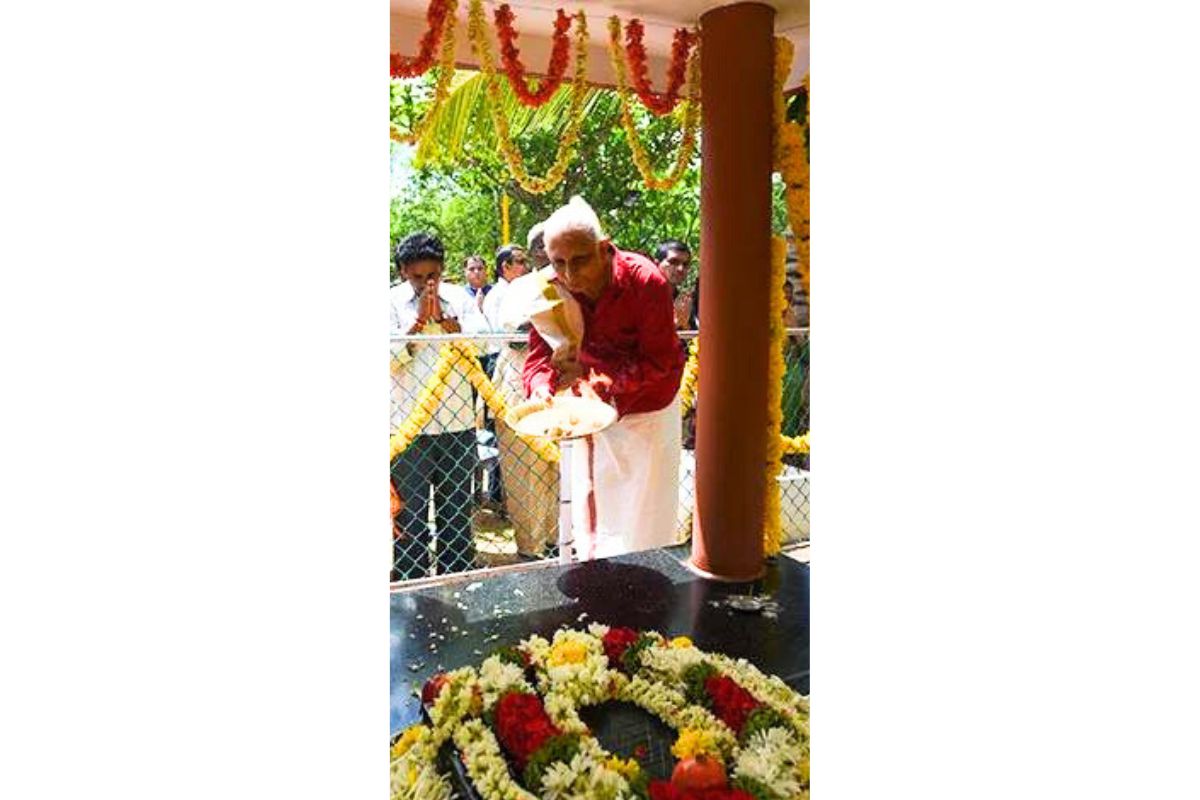
What is Navaratri?
Navaratri is a sacred 9 night festival celebrated, honoring the Divine Feminine – Shakti. It symbolizes the victory of good over evil, as each night is dedicated to different goddess.
9 days of Navaratri program helps you align with the rhythm of the seasons and the divine feminine. We fuse the ancient wisdom of Yoga and Ayurveda to nurture body, mind & soul.
Starts 9th April from 5:30 to 6:30 am IST
Q&A CORNER
Yoga Experts Answer
Q: I often hear that yoga is more than just physical postures. Can you explain how yoga can be a path to self-realization and the role of consciousness in this journey?
Indeed, yoga is much more than physical postures; it’s a holistic system designed for spiritual evolution. Yoga postures (asanas) prepare the body for deeper practices like meditation, which leads to heightened states of awareness and consciousness. The essence of yoga lies in understanding the true nature of the self, which is beyond the physical body and the mind. By practicing pranayama (breathing exercises), dhyana (meditation), and other aspects of yoga, you gradually peel away the layers of ego and illusion (maya) that obscure your true self. This journey of self-realization involves recognizing your inner consciousness as part of the universal consciousness, realizing that the seer (observer) within you is unchanging and eternal. Through consistent practice, yoga offers a path to experiencing this oneness and the profound peace and liberation that come with it.
Q: I’ve been practicing yoga for a while, but I still struggle with quieting my mind during meditation. How can Yoga Nidra help with this, and what makes it different from regular meditation?
Yoga Nidra, is a unique approach to meditation that can significantly aid in quieting the mind. Unlike some practices that require concentration to keep the mind from wandering, Yoga Nidra guides you into a state of deep relaxation while maintaining full consciousness. This process naturally allows the mind to settle into a serene state without effort. By following the voice of the instructor through various stages of relaxation and awareness, your brain waves slow down, facilitating easier access to deeper states of consciousness. This not only helps in quieting the mind but also enhances self-awareness and introspection.
Q: I’m intrigued by the concept of “Tapas” discussed in relation to the Navaratri program. Can you elaborate on how Tapas influences yoga practice and spiritual discipline?
Tapas, often translated as austerity or spiritual discipline, is a foundational concept in yoga that pertains to the inner fire that propels us towards self-transformation. In the context of Navaratri and yoga practice, Tapas involves a commitment to practices that purify the body and mind, such as fasting, maintaining silence, or intensifying your yoga and meditation routine. This disciplined approach helps burn away impurities, ego, and attachments, leading to clarity, resilience, and a deeper connection with the divine. Tapas challenges you to step out of your comfort zone, fostering spiritual growth and self-discovery.
Q: As a beginner in yogasana, how often should I practice to see improvements in flexibility and stress reduction?
Welcome to your yoga journey! For beginners, consistency is more beneficial than intensity. Aim to practice 3-4 times a week, focusing on gentle stretches and mindful breathing. This regularity helps increase flexibility and manage stress levels. Remember, yoga is a personal practice; listen to your body and progress at your own pace. Each session is a step towards greater wellbeing.
Ayurvedic Wisdom
Women’s Wellness

Sujata highlights the early onset of puberty and menarche as indicators of underlying gynecological issues, attributing these phenomena to increased “heat” within the body. To address these concerns, a holistic approach combining Ayurveda and yogic practices is recommended.
- Incorporate cooling foods into your diet. Avoid overly spicy dishes that increase internal heat. Ghee is specially for balancing internal heat.
- Applying kumkum on the Ajna chakra. This area is considered a point from which heat can radiate, and kumkum acts as a cooling agent.
- Application of good-quality oil on the scalp can further aid in reducing body heat. Coconut oil or brahmi oil are recommended for their cooling properties.
- Pranayama: Breathing exercises such as Sheetali and Sitkari Pranayama can help cool the body and calm the mind.
- Asanas Practice can help in maintaining hormonal balance.
Join the upcoming Women’s Wellness Program (starts 12th March) to learn Yoga and Ayurveda for Women.
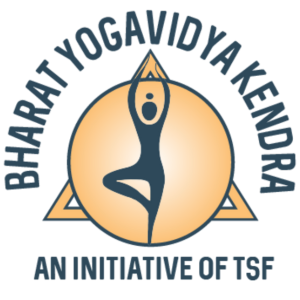
Thank you for reading
In this issue of Yogavidya, we have:
- Maha Shivratri:
Awakening the Inner Consciousness - Exploring Consciousness
- Talk with M
- What is Consciousness?
- “Wisdom of the Rishis” – The Yoga of Upanishads
- Saral Natarajasana
- Did You Know?
- How to get Started with Mantra Chanting?
- A Fun Summer of Yoga for Kids
- Navaratri with Sri M
- Yoga Experts Answer
- Women’s Wellness
- Yogavidya | BYK Monthly Newsletter

